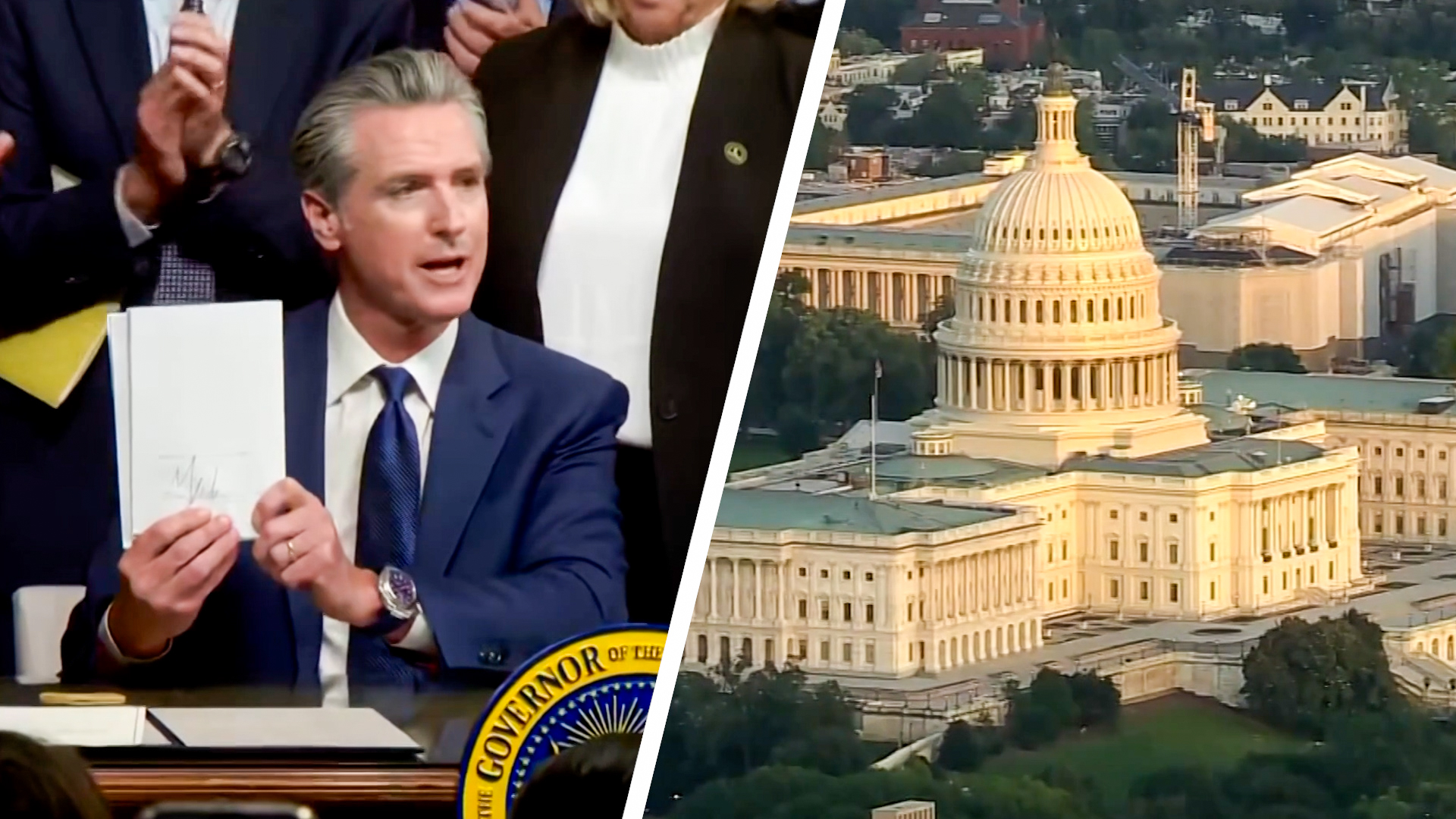
What to Know
- Prop 50 was the only question before voters in Tuesday’s California special election.
- The measure asked the state’s 23 million registered voters whether they authorize temporary changes to congressional district maps approved by state lawmakers.
- Congressional district maps are usually redrawn once a decade after each census and by an independent voter-approved redistricting commission in California.
- Prop 50 is a response led by Gov. Gavin Newsom and Democrats to redistricting in Texas that came at the urging of President Trump in an effort to gain Republican seats in the U.S. House.
- Prop 50 opens a path to flip up to five of 435 U.S. House seats in favor of Democrats.
- A federal lawsuit challenging the one measure on the November special election ballot was announced Wednesday morning by group that includes the California Republican Party.
Planning for Republican legal challenges was underway Wednesday after California voters were projected to approve a congressional redistricting measure that redraws maps in favor of Democrats, starting with the 2026 midterm elections.
A federal lawsuit challenging the one measure on the November special election ballot was announced Wednesday morning, just hours after vote centers closed on Election Day, by the Dhillon Law Group, Assemblyman David Tangipa, 18 California voters and the California Republican Party. At a news conference, they announced plans to pursue a temporary restraining order and preliminary injunction to prevent Prop 50 from going into effect.
The group said that the measure improperly used voters’ race as a factor in drawing new district boundaries. It claims violations under the 14th Amendment, equal protections under the law, and 15th amendment, which prohibits states from denying the right to vote based on race.
Refresh this page for updates on the lawsuit.
Prop 50 supporters have said the measure results in “fair maps that represent California’s diverse communities and ensure our voices aren’t silenced by Republican gerrymandering in other states.”
“Yes” votes in support of Prop 50 held a 64% to 36% lead early Wednesday morning, a day after Election Day in California where statewide voter turnout was estimated at 35 percent. More than 7 million ballots had already been cast by mail and other voting options a day before Election Day.
Prop 50, named for the 50 states and the only question on ballot in the Tuesday statewide special election, was placed before the California’s 23 million registered voters as a counter to redistricting in Texas at the urging of President Trump that gives more seats to Republicans. The California measure, placed on the ballot by Gov. Gavin Newsom and the California Legislature, was a yes-or-no question that asked voters whether they authorize temporary changes to congressional district maps already approved by state lawmakers.
The changes could flip as many as five of 435 U.S. House seats in favor of Democrats.
The new congressional district maps approved by lawmakers in August would be used for the next three election cycles. After the 2030 U.S. Census, California’s independent redistricting commission would resume drawing the maps.
The next election for all U.S. House seats is 2026. Republicans have a slim 219-213 margin with three vacancies.
Voting districts are typically redrawn just once a decade after each census, but a national battle erupted over partisan gerrymandering this year in Texas when the Republican-controlled state adopted a new map in August that could flip five Democratic-leaning U.S. House seats. California responded in an effort led by Gov. Newsom. Missouri and North Carolina both adopted new maps and other states may soon follow.
California Democrats already hold 43 of the state’s 52 congressional seats. That number could jump to 48, if Prop 50 is approved and voters favor the Democratic candidates in those redrawn districts.
There are 10.3 million registered Democrats and 5.8 million registered Republicans in California, according to the Secretary of State. About 5.2 million voters were not registered with any party.
Will your district change?
See how your congressional district will change if the proposed map goes into effect.

Allison Craig is a passionate sports writer and analyst with a deep love for game strategies, player performances, and the latest trends in the sports world. With years of experience covering football, basketball, tennis, and more, she delivers insightful analysis and engaging content for sports enthusiasts.


No responses yet